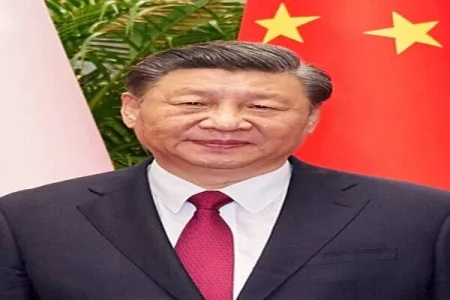
China has announced a 34% tariff on all US goods starting April 10, following the US's imposition of steep tariffs on Chinese products. The move includes export controls on rare earth elements and a potential WTO lawsuit. This marks an escalation in the ongoing US-China trade dispute.
In a move that escalates the ongoing trade conflict between the United States and China, Beijing announced on Friday that it would impose a 34% tariff on all imports of US goods, effective April 10. This comes after Washington implemented its own set of steep tariffs on Chinese products, heightening tensions between the two economic superpowers.
The new tariffs are set to apply on top of existing duties, further inflating the cost of US imports into China. The Chinese Ministry of Finance stated that the decision was a necessary response to the US's latest round of tariffs, aimed at protecting China’s economic interests.
Beijing's Commerce Ministry also unveiled additional measures, including export controls on seven rare earth elements. Among the elements are gadolinium, which is widely used in medical imaging, and yttrium, a critical component in consumer electronics. The move underscores China's pivotal role in the global supply chain for these materials, which are vital to industries ranging from healthcare to technology.
In a statement, China confirmed it would take further action to safeguard its economic rights, including pursuing legal action against the United States through the World Trade Organization (WTO). The WTO lawsuit is seen as a bid to challenge what China perceives as unfair trade practices imposed by the US.
The intensifying trade war, sparked by President Donald Trump's decision to impose tariffs on Chinese imports earlier this year, has raised concerns about its potential to harm global markets. Trump’s administration has also applied tariffs on products from other major trade partners, but the additional 34% duties on China are among the most severe measures.
China’s retaliation highlights its growing frustration with the escalating trade war and its resolve to take steps that will protect its economic interests. The situation remains fluid, with experts predicting that the dispute could have far-reaching consequences not only for the two countries involved but for global markets as well. The coming weeks will likely see further developments as both nations continue to jockey for position in what appears to be an increasingly contentious trade environment.



